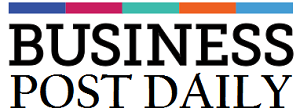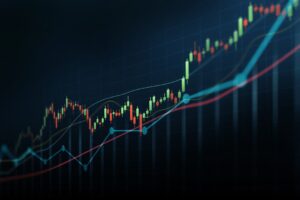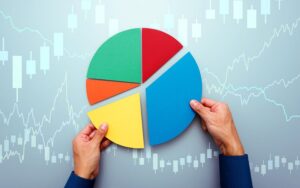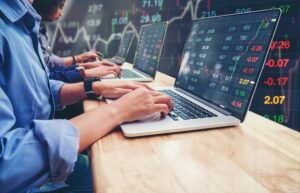Balancing Yield and Liquidity: How Belgian Investors Are Rethinking Bonds and ETFs in 2025
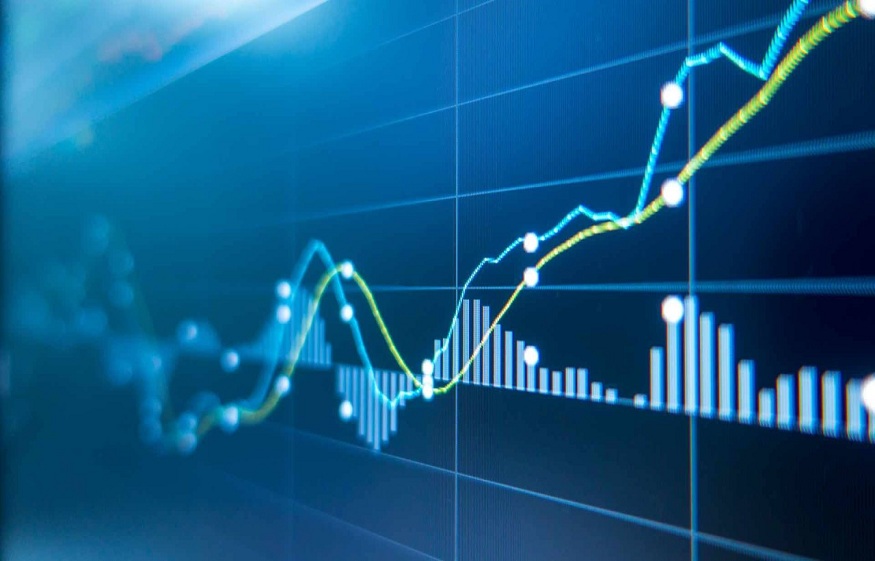
In a world where interest rate cycles are shifting, inflationary pressures remain unpredictable, and economic growth feels more regionalised than ever, Belgian investors are reassessing how they generate income while preserving access to capital. Bonds and exchange-traded funds (ETFs) have long served as staple instruments for diversification and income, but 2025 is proving to be a year of refined strategy rather than blind allocation.
Balancing yield and liquidity—two forces often in tension—has taken centre stage. Today’s retail and institutional investors are embracing more nuanced portfolio construction approaches that better align with their goals, timelines, and risk appetites.
The Rise of Thematic and Strategic ETFs
Belgium has seen growing interest in ETFs, not just as a passive investment option but as a dynamic vehicle for capturing sectoral or macroeconomic trends. With more than 2,000 ETFs accessible to Belgian investors across European platforms, the challenge is no longer availability but selection.
ETFs that focus on dividend-paying equities, emerging market debt, or alternative income strategies are finding their way into portfolios that once leaned heavily on traditional bond exposure. Furthermore, investors appreciate the liquidity ETFs offer—most can be traded throughout the day, a key advantage over many bonds that settle on T+2 or longer.
Strategic allocation within ETFs is also becoming more refined. Investors are building layered exposure:
- Core-satellite approaches, where a low-cost broad ETF anchors the portfolio and thematic or sectoral ETFs act as satellites.
- Multi-asset ETFs that combine bonds, equities, and sometimes commodities are appealing to investors with limited time for rebalancing.
- Sustainable ETFs—aligned with ESG principles—are also gaining traction, especially among millennial and Gen Z Belgian investors.
Yield vs. Liquidity: Walking the Tightrope
One of the key dilemmas investors face in 2025 is finding the sweet spot between attractive yield and sufficient liquidity. Bonds may offer stability and reliable income, but some carry longer maturities or are harder to exit in volatile markets. On the other hand, ETFs—especially those tracking niche sectors—might offer liquidity but lack the yield some investors need to offset inflation or meet income goals.
To navigate this, Belgian investors are taking steps such as:
- Blending instruments: For example, mixing short-term bonds for safety with high-yield ETFs for income.
- Layering liquidity: Holding core positions in highly liquid ETFs while keeping satellite allocations in less liquid, high-conviction plays.
- Monitoring credit risk: Investors are wary of chasing yield blindly. Credit quality remains a central concern, especially after recent downgrades in parts of the corporate bond market.
A crucial factor in striking this balance is access to tools that offer transparency, control, and cost-efficiency. Many Belgian investors are turning to sophisticated digital platforms that allow them to compare fund structures, assess risk, and model scenarios—all in real-time.
One such platform is offered by Saxo Bank, which enables Belgian investors to access a wide array of global ETFs and bonds with advanced analytical tools and competitive pricing. Its offering reflects the growing demand for platforms that cater to informed, active investors who want to maintain both flexibility and long-term yield.
Technology-Driven Investment Choices
In 2025, digital platforms are more than just trading venues—they are decision-making companions. Investors in Belgium increasingly rely on integrated platforms that offer:
- Real-time market data and research
- Portfolio performance tracking
- Risk analytics and rebalancing suggestions
This evolution means that investors no longer rely solely on advice from bank branches or newsletters. They are empowered to model various yield-versus-liquidity trade-offs and adjust positions with a few clicks.
At the same time, robo-advisory services are helping passive investors maintain diversification without micromanaging. These services typically build portfolios using a blend of bond and equity ETFs, factoring in personal risk preferences and liquidity needs.
The Influence of Macroeconomic Trends
Macroeconomic developments in Europe and globally continue to influence how Belgians allocate to bonds and ETFs. The European Central Bank’s rate path, geopolitical developments, and energy price shocks all factor into investment strategy.
Interestingly, the trend isn’t just reactive. Belgian investors are beginning to anticipate macro changes and position themselves proactively. For example:
- Buying floating-rate bonds in expectation of future rate hikes.
- Positioning in emerging market ETFs where growth may outpace the EU.
- Reducing exposure to overvalued tech sectors and shifting towards value ETFs.
The message is clear: today’s investors are informed, agile, and more responsive than ever.
Conclusion
As 2025 unfolds, Belgian investors are moving beyond traditional ideas of portfolio construction. They understand that yield and liquidity are not mutually exclusive, but rather elements to be weighed thoughtfully within a cohesive strategy.
By leveraging tools like ETF layering, active bond selection, and digital investment platforms, they’re building portfolios that reflect both personal financial goals and broader market realities.
This marks a new era in Belgian investing—one where control, flexibility, and insight drive better outcomes. Whether you’re a conservative investor seeking income or an active trader looking to balance risk, 2025 is the year to rethink your bond and ETF strategy with fresh eyes and smarter tools.
